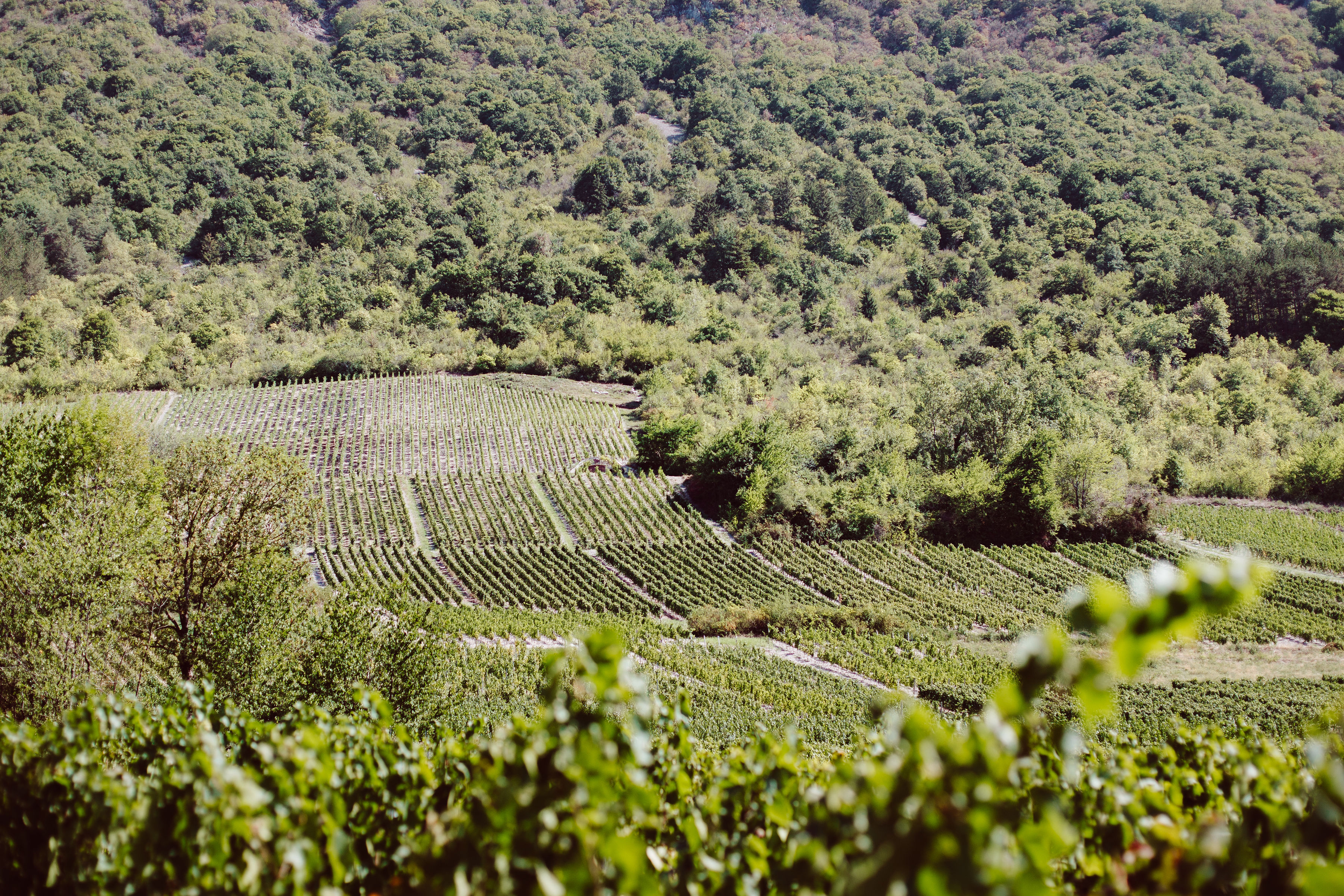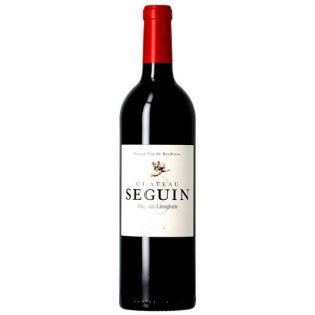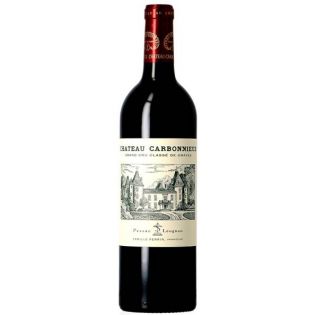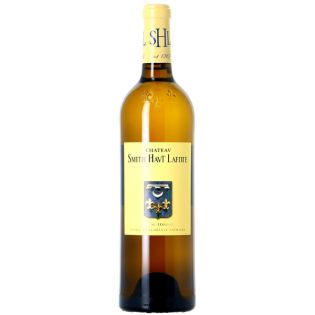Pessac-Léognan AOP
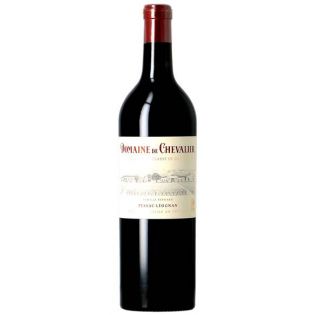
It is one of the most recent appellations in the Bordeaux region, and yet its vineyards are among the oldest in the region. The Pessac-Leognan AOC may date from 1987, but it has been cultivating the art of producing (very) fine wines for centuries. Some of them are also part of the Classified Growths of Graves. And the Château de Haut-Brion is the one and only representative of the vineyard in the 1855 classification. The red wines, but also the white wines, of the AOC Pessac-Leognan are sure values of the left bank of the Garonne.
General presentation of the appellation Pessac-Leognan
The Pessac-Leognan vineyard is located immediately south of Bordeaux. For years, it has fought against urban sprawl, winning back hectares of land with unrivalled potential. The winegrowers, passionate and involved, have thus managed to safeguard and develop a unique terroir made of gravel and pebbles, even though the suburbs of Bordeaux are constantly expanding.
In the south-east of the Médoc, between the Garonne and the Landes forest, the AOC includes 10 communes, starting with Pessac and Léognan, followed by Cadaujac, Canéjan, Gradignan, Martillac, Saint-Médard-d'Eyrans, Talence and Villenave-d'Ornon. Nearly 70 châteaux and estates represent this Bordeaux appellation. The wines of Pessac-Leognan also belong to the Graves vineyard, which includes 3 other appellations: Graves, Superior Graves and Cérons.
The appellation has 16 Classified Growths of Graves. Château Haut-Brion is the only Premier Cru Classé of 1855; it plays the role of figurehead of a vineyard in full effervescence, which has grown from approximately 500 hectares in the 1970s to more than 1,600 hectares today.
Pessac-Leognan is essentially a red wine, with a blend of Cabernet Sauvignon, Merlot and Cabernet Franc. Carménère, côt (or malbec) and petit verdot are also authorised. White wines represent 20% of the production. Sauvignon is mainly used, sometimes in association with Semillon. Other grape varieties are authorised, namely muscadelle and sauvignon gris.
Characteristics of Pessac-Leognan
The red wines of the Pessac-Leognan appellation are refined, supple, velvety and powerful. Their colour is a deep and intense purple red. Small fruits such as blackberry and blackcurrant dominate their aromatic palette. They are often joined by notes of vanilla, smoke and toasted almonds as well as a touch of violet. These wines have an exceptional ageing potential: 7-20 years, or even longer for the best years. With age, these wines become softer, fuller and more concentrated.
Pessac-Leognan white AOC wines are very complex, fruity, lively and fresh. They have a straw yellow colour which evolves towards amber with the years. The nose is dominated by lime blossom and broom, floral notes that are enhanced by hints of honey, citrus and candied fruit, all of which are further enhanced by hints of hazelnut and toast. White Pessac-Leognan wines age easily for 10, 15 or even 20 years.
How to taste a Pessac-Leognan
After decanting, a red Pessac-Leognan AOC is an excellent companion to meat and game. It also goes well with foie gras and many cheeses. Serve at a temperature of around 18°C.
The whites of the Pessac-Leognan appellation are perfect as an aperitif, especially with seafood and shellfish. Fish, white meats and dry cheeses also stand out with these white Bordeaux wines. It is advisable to serve a white Pessac-Léognan at around 10° if drunk young. From 4-5 years of age, prefer a serving temperature of between 12 and 14°.
Laissez-vous tenter... par les autres appellations !
Le vignoble
